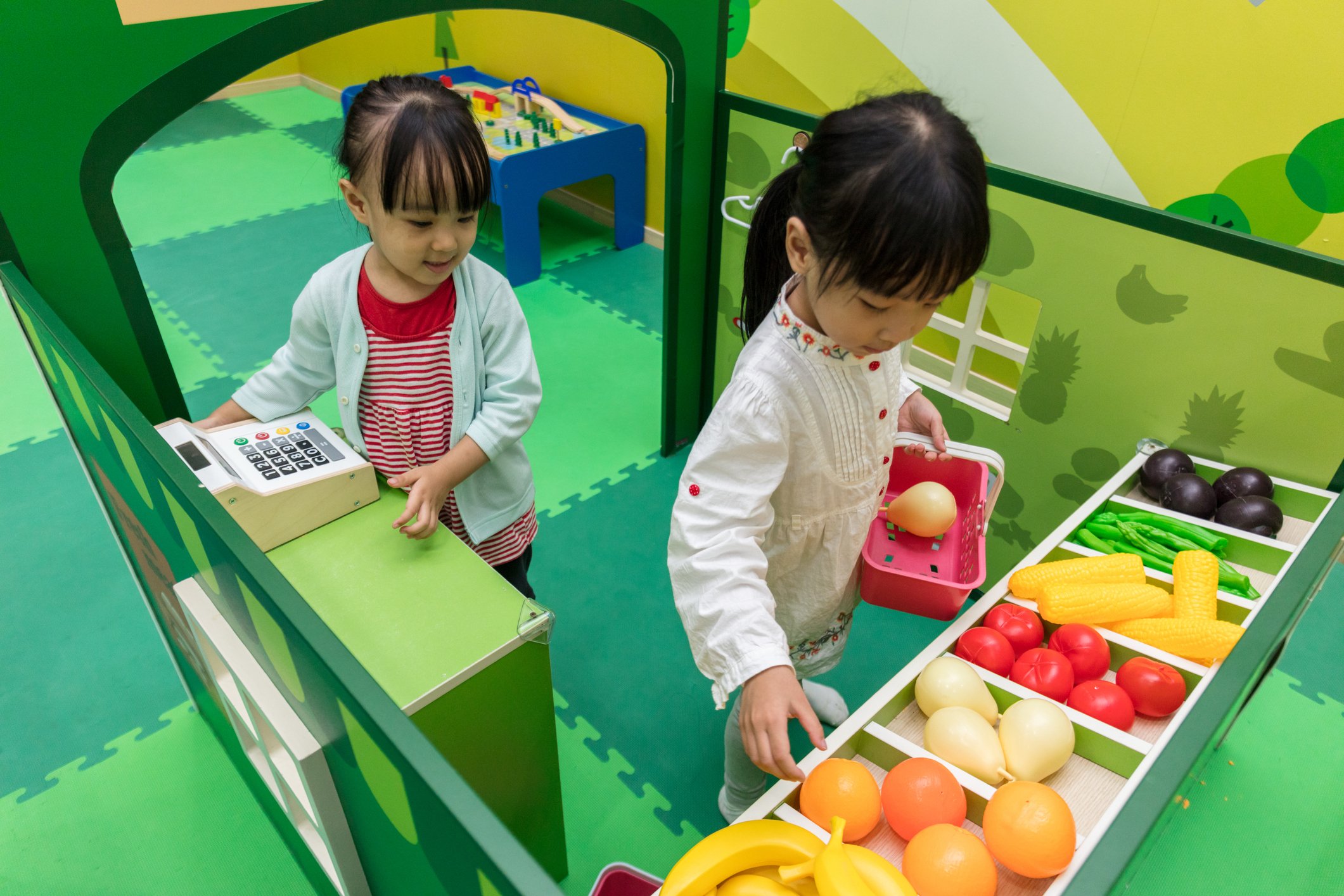Most of the world is bilingual.How does this happen? How do children become bilingual?What are the most effective ways for children to learn a second or third language? Does learning a second language benefit or hinder a child’s language abilities?
As ESL/ELL teachers, it is important to know about bilingualism because most to all of your students are bilingual. At parent/teacher conferences, you may need to address parents' concerns about their child learning two languages, and what type of method is the most effective for their child for acquiring two languages.
Some children learn two languages from infancy. This kind of bilingualism is called simultaneous bilingualism. Simultaneous bilingualism refers to a child from birth who learns both languages at the same time.
Other children learn one language at birth, and then the other language later on. This is called sequential bilingualism. Parents may wonder if learning two languages is confusing or overwhelming for their child. They may also question whether or not learning two languages hinders their child’s language skills. Children are like sponges and soak much information from their surroundings. This is a crucial time for language development and therefore, it is very important to foster their learning at this age.
The process of a child acquiring two languages is not destructive to the child’s language abilities or progress. Learning two or more languages is actually a natural process because as humans, our brains are programmed to be able to learn, store, and discriminate between languages from infancy.
Factors that Ensure Successful Bilingualism:
Children need to be able to differentiate between the two languages. Studies have shown that children as young as infants show discrimination between the two languages very early on. This may be due to research that has shown that infants begin to hear language sounds while in the womb. By the age of two, bilingual children know which language to speak to which person and in what situation.
Children need to effectively store the two languages. As stated above, this is a natural process because we are biologically programmed to store language(s). T
Types of Early Childhood Bilingualism:
One Parent - One Language The one parent- one language method is when one parent speaks one language to the child, and the other parent speaks the other language to the child.For example, the father speaks Farsi to the child, and the mother speaks English to the child. This is considered a successful method for a child to acquire two languages. One would assume that the child would become equally proficient in each language (balanced bilingualism), but this is very rare. Proficiency in a language depends on many factors. One factor is which parent the child interacts with the most. For example, the child may talk to the mother more because she remains in the home to raise the child versus the father who is absent due to working outside of the home. As a result, the child may become more proficient in the mother’s language than the father’s language. Another factor is the community language.Despite the mother speaking one language to the child, the community may speak the other language.For example, a mother using English with her child while the community speaks French. Languages used by siblings or others in the the home, print, television, and the internet are other factors that may influence the proficiency of each language.
Language Used at Home is Different from Community Language One circumstance in which a bilingual child acquires two languages is when the language used at home is different from the community language. The parents use one language at home with the child, and the child acquires the other language outside of the home. This method is regarded as a successful method for acquiring languages. For example, both parents speak Spanish to the child, and the child learns English at school and in the community. Multilingualism could occur here where the child learns one language from the father, another language from the mother, and a third language at school and in the community. An example of this is the father speaking Spanish to the child, the mother speaks German to the child, and the community language is English. Maintaining all three languages over time may be difficult.
Languages that are Mixed This method refers to both parents speaking both languages to the child.
Second Language is Introduced to the Child Later in Life In this case, the parents may introduce the second language to the child later on in the child’s life. For example, parents may speak Dutch to the child until the child is three or four, and then add English. The purpose of this is to create a strong first language foundation in the child before the dominant language in the community becomes more prevalent.
Language Shift A language shift may occur because of changes in a bilingual child’s life. The child will most likely be more proficient in one language than the other. However, the child can become more competent in the less proficient language if, for example, the child moves to an area where the language community uses the child’s weaker language.





